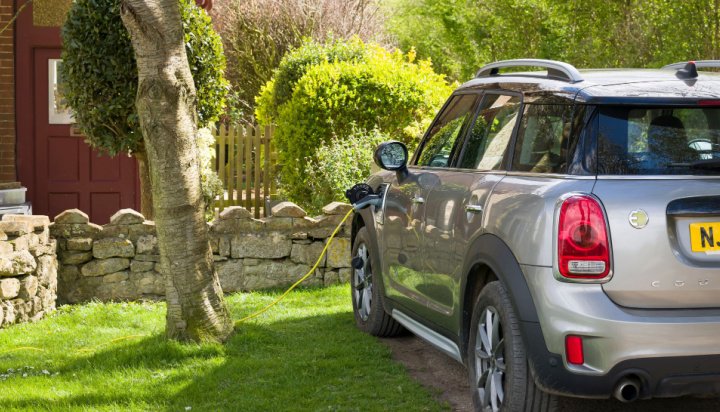
How can an electric vehicle (EV) support the UK’s grid when it needs it most?
Owners of EVs will soon be allowed to sell surplus energy to the National Grid – this follows the ‘UK’s first’ successful integration of vehicle-to-grid (V2G) technology using a “test environment” of the Balancing Mechanism.
In February, a ‘vehicle to grid’ trial part-funded by the Department for Business, Energy and Industrial Strategy and the Office for Zero Emission Vehicles was launched to explore the role of EV batteries in balancing the future ‘smart grid’.
Nearly 135 Octopus Energy customers, who owned Nissan LEAF cars took part in this pilot project.
The participants were incentivised to plug in their cars at night when cars’ batteries were used to store electricity pulled from the grid when it was cheap and green.
The scheme proved that the EV battery can provide storage and release the stored energy at peak times.
Analysis conducted by Octopus found that customers using V2G technology could save up to £840 a year, compared to unscheduled charging on a flat rate tariff.
Jake Rigg, Corporate Affairs Director, National Grid ESO, said: “V2G technology opens the door for everyone to engage in our electricity system, in a way that we can all benefit from.”
Claire Miller, Director of Technology and Innovation at Octopus Electric Vehicles, commented: “This is a real ‘line in the sand’ moment for V2G tech.
“Soon we will have millions of EVs sitting on driveways capable of storing and exporting green energy back to the grid when it needs it most – and once the V2G proposition is ready to be launched, these cars will help to support our renewables expansion and taking us a huge step closer to net zero.”